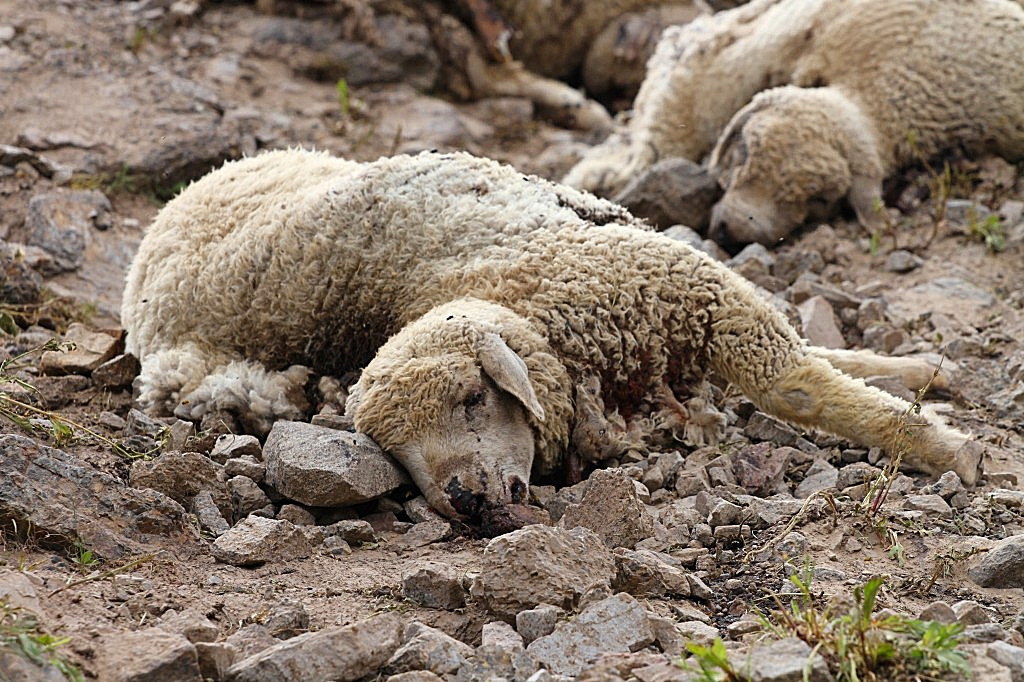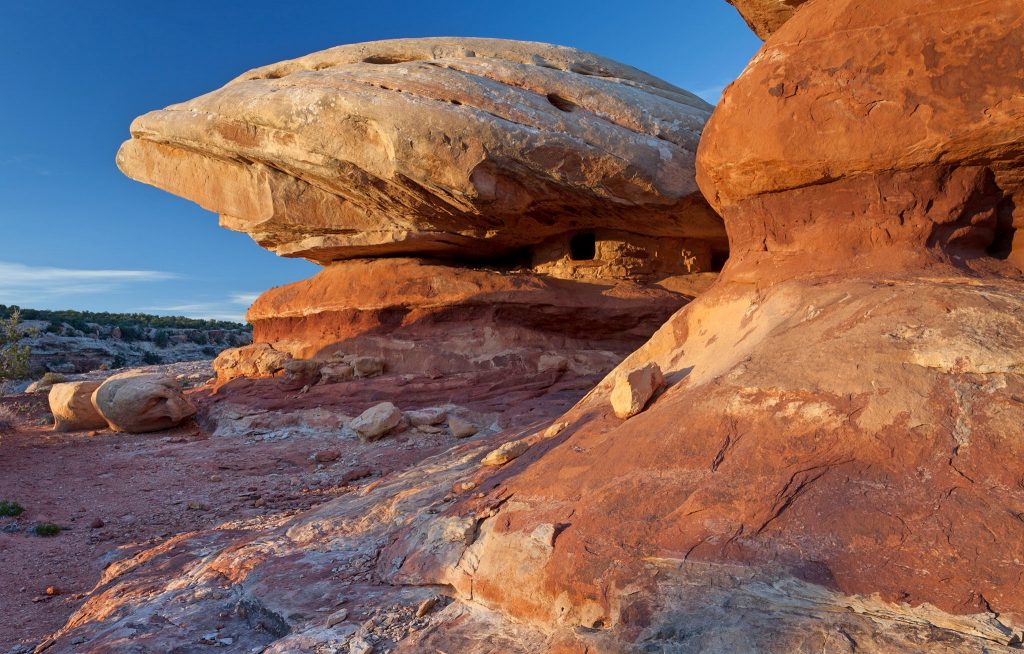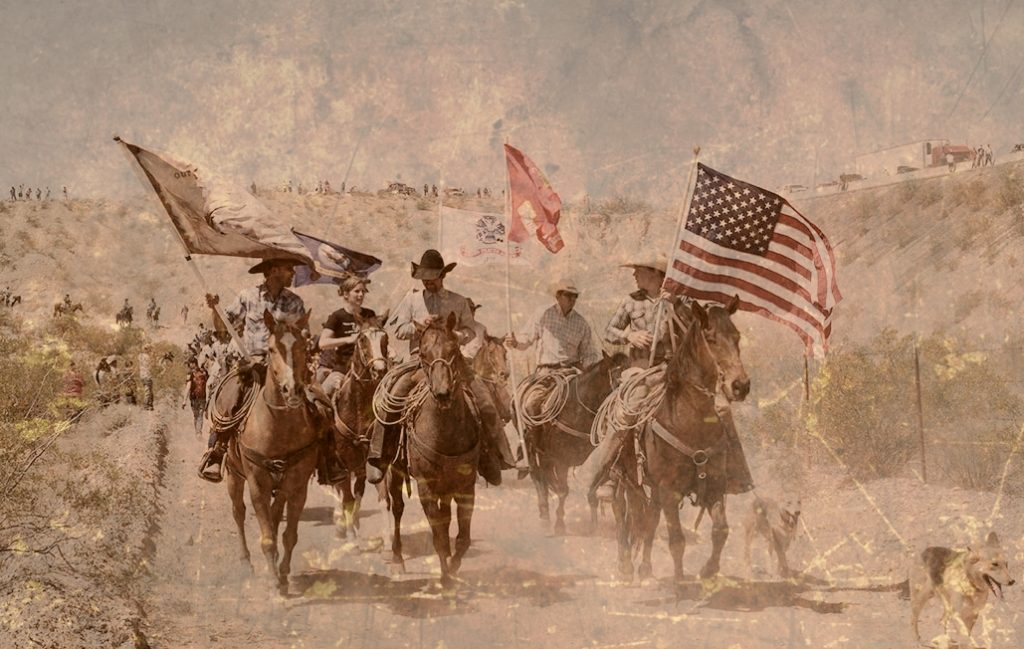Despite an abundance of data showing wolf reintroduction into regions where they have not existed for decades or centuries–if at all–is harmful to wildlife, livestock and human populations, some radical elements continue to push for expanding wolf habitat into new areas.
by Marjorie Haun
A report in the Teton Valley News dated August 2013 bore an ominous warning for residents of eastern Idaho:

The article details the killing of sheep by a pack of wolves in a region near the Wyoming border. The sheep were not eaten by the wolves. It said:
U.S. Forest Service officials are asking people to stay out of an area where a large sheep kill was reported over the weekend.
Jay Pence, Teton Basin District ranger, said the sheep kill could attract a lot of people hoping to see predators coming to feed on the carcasses.
Ranchers and others are trying to deal with the situation, and visitors can hamper their activities.
“There are a lot more fun things to look at than dead sheep,” said Pence.
Idaho Wildlife Services confirmed Monday that 176 sheep were killed during a wolf attack near Fogg Hill and the Pole Canyon area early Saturday morning.

An article in Capital Press cited the financial cost to the Siddoways:
The sheep were owned by Jeff Siddoway, a Terreton rancher who also serves as a state senator and is no stranger to wolf depredation.
The attack happened in the Fog Hill allotment of the Caribou-Targhee National Forest near Driggs, about 2 miles from where the Pine Creek wolf pack was involved with another depredation just a month ago, said Dustin Miller, who heads Idaho’s Office of Species Conservation.
Miller said Wildlife Services confirmed on Sunday the deaths were a result of wolves. Miller said it could be a long time before the Siddoway family is compensated for the losses. Federal funding for Fiscal Year 2012 wolf losses has only recently become available, and Miller said the $80,000 is insufficient to cover the full market value of losses during the fiscal year.
This story is just one in a litany of hundreds of accounts in which wolves have wantonly killed livestock in states where they have been deposited as a result of ‘reintroduction’ programs pushed by radicals in the environmentalist/animal rights movements. Despite an abundance of data showing wolf reintroduction into regions where they have not existed for decades or centuries–if at all–is harmful to wildlife, livestock and human populations, some radical elements continue to push for expanding wolf habitat into new areas. Colorado is now in the crosshairs.
We reported last month on a series of wolf ‘workshops’ featuring Mike Phillips, ‘a Montana Democrat legislator, originally from Illinois, and director of the Ted Turner Endangered Species Fund…’ purportedly educating the public about how wolf reintroduction is essential to biological diversity and endangered species recovery. But with ties to Earth First and the Center for Biological Diversity, Turner’s outfit dances on the radical fringes, and is pushing an agenda that will do far greater harm than good to Colorado wildlife. Accounts of wildlife slaughter resulting from wolf introduction programs in other states should be heeded.
In March of 2016, a Wyoming wolf pack slaughtered 19 head of elk (2 cows and 17 calves), in a ‘surplus killing’ leaving the carcasses scattered in a snowy field, uneaten. Wildlife officials had no recourse because the wolves are designated as ‘protected’ under federal law.
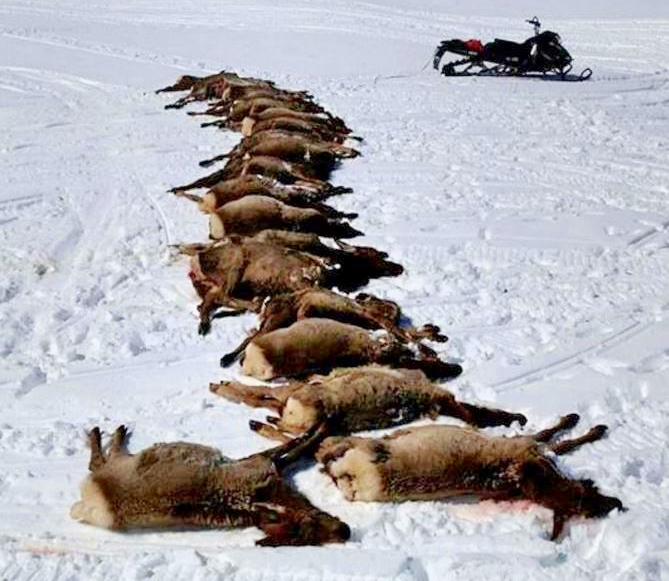
Yellowstone National Park’s moose herds have also suffered large losses from wolves introduced into the area 2 decades ago. Some counts show that moose numbers are down as much as 90 percent, and that at wolf populations grow in the park, elk, moose and other wildlife species suffer. A March 2017 article by Angus M. Thuermer Jr. assessing wolf predation on Yellowstone’s elk herds indicated:
A large wolf can hold up to about 20 pounds of meat in its stomach at a time, Smith said. But after 20 years of chasing wolves and measuring them with a scale, top weight for a big male was 148 pounds — with nothing in its stomach.
Yellowstone says there were at least 98 wolves in 10 packs living primarily in Yellowstone in January 2016. At that time there were some 528 wolves within the Greater Yellowstone Ecosystem, the park said.
Using Smith’s figures, wolves residing primarily in Yellowstone kill between 1,568 and 2,156 elk annually. In the Greater Yellowstone region, wolves take 8,448 to 11,616 elk per year, Smith’s figures indicate.
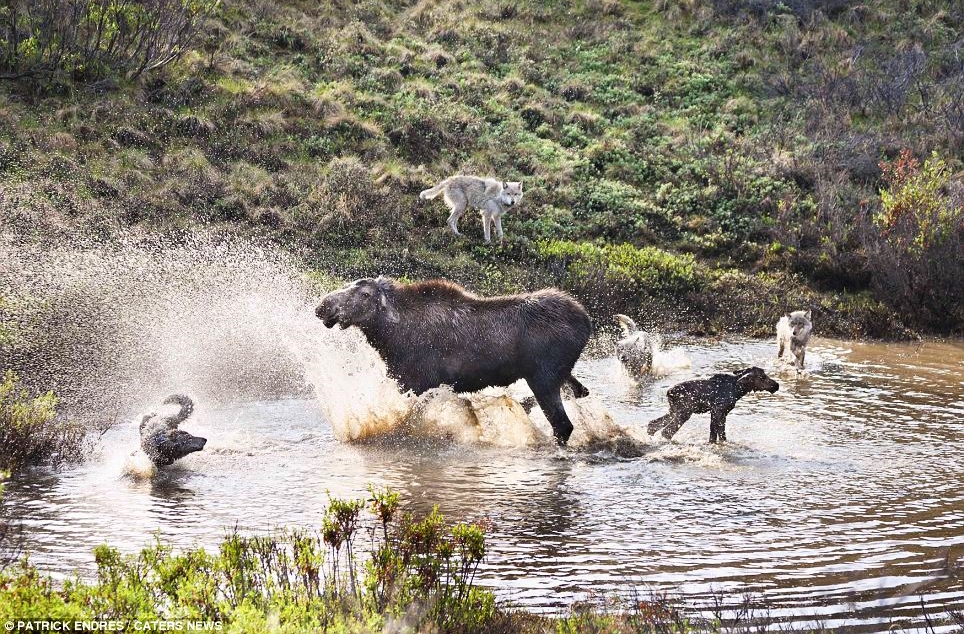
It’s no coincidence that wolf advocates are eyeing Colorado’s best cattle grazing country as possible locations for reintroduction programs. Pro-wolf and anti-grazing politics overlap to a great degree, and it’s very likely that the effort to bring wolves into the state is an not-so-veiled attempt to drive cattle and sheep out. Nonetheless, the presence of wolf packs on the range and in national forest allotments can carry a huge cost for livestock operators. An article in BEEF magazine cited research into how growing wolf packs effect range cattle in Oregon:
“We’re seeing cows come home a full body score less than in the past. With a mature cow, each score is about 100 lbs.,” he explains. This translates into extra feed costs to get cattle through winter.
He says the herd’s conception rate has also plummeted. “With our herd health program, mineral and protein supplement, there’s no reason for this other than the wolves. What normally would be a 90%-95% conception rate in our herd has gone as low as 82%,” Anderson reports.
Besides actual kills, additional animals were severely maimed. “We spend a lot of time doctoring these, and end up with a bunch we can’t sell because they’re crippled,” he says.
In one week of summer 2012, he says nine calves had wolf bites. “The calves may live, but we have to doctor them. We believe the pack’s alpha female is using calves to teach the pups how to hunt,” Anderson says. Four young cows in the first-calf heifer group had big abscesses behind the shoulder and/or above the flank area, due to infected wolf bites. The wolves are playing with these animals.
“We’re also seeing changes in the way cattle are using the range. They bunch up more against fences, which the wolves use to corner them,” Anderson says.
Natural resource and wildlife management in Colorado is already complex and often contentious. The introduction of non-native wolves into the state is an unnecessary solution to a problem that doesn’t exist. There are leaders and organizations in Colorado, including the State Department of Natural Resources, taking a firm stand against efforts to bring wolves into the state via forced reintroduction. If you would like to weigh in, Mike Phillips will be promoting Ted Turner’s wolf introduction agenda at the following meetings:
Wednesday, February 7th, at 5:30 p.m. at the Carbondale Middle School Auditorium, 180 Snowmass Dr., Carbondale
Thursday, February 8th, at 7:00 p.m. at ACES at Hallam Lake, 100 Puppy Smith St., Aspen
Free Range Report
Thank you for reading our latest report, but before you go…
Our loyalty is to the truth and to YOU, our readers!
We respect your reading experience, and have refrained from putting up a paywall and obnoxious advertisements, which means that we get by on small donations from people like you. We’re not asking for much, but any amount that you can give goes a long way to securing a better future for the people who make America great.
[paypal_donation_button]
For as little as $1 you can support Free Range Report, and it takes only a moment.
